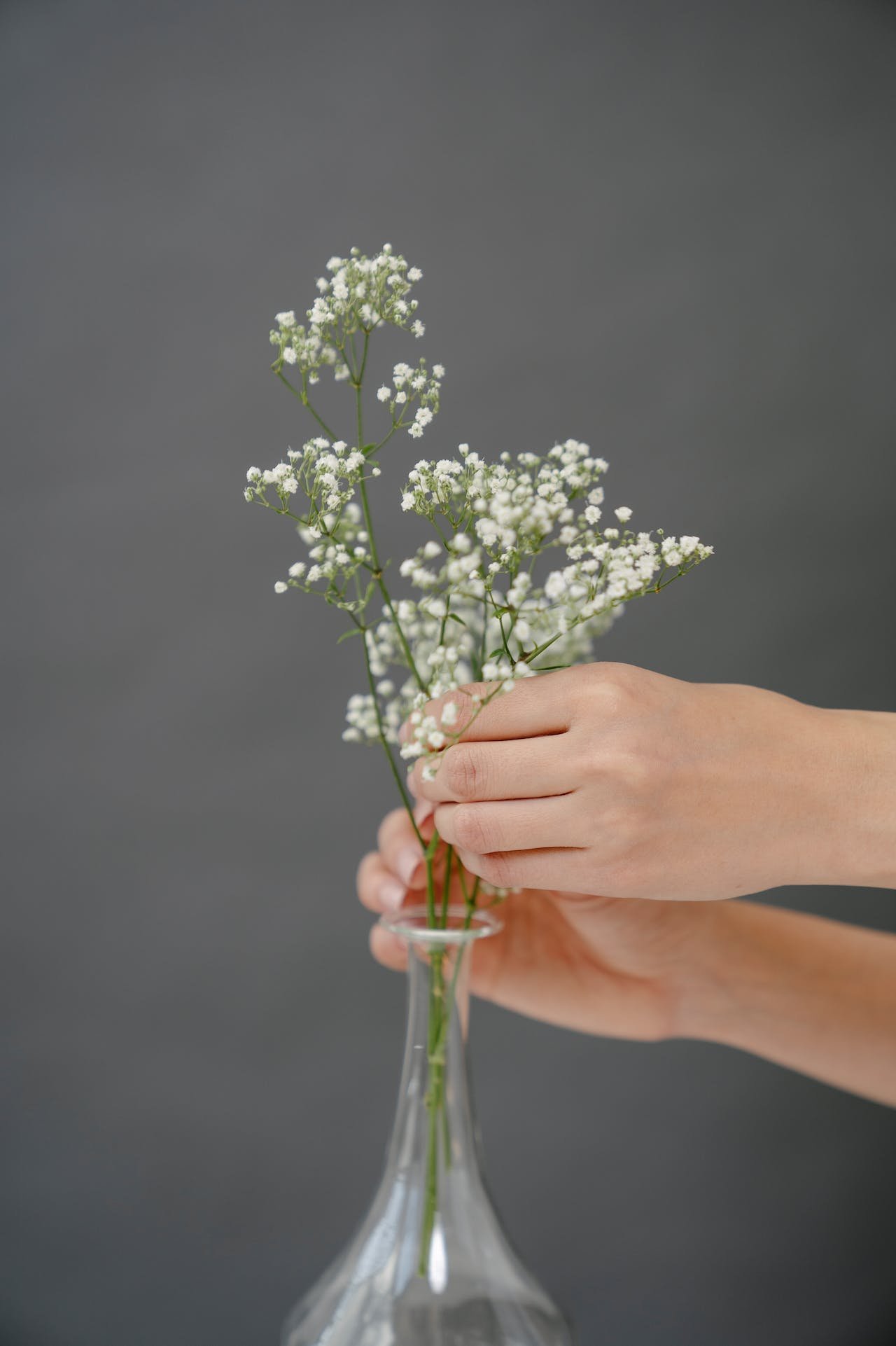The Evolution of Floristry as an Art Around the World
Floristry, the art of arranging flowers and plants to create aesthetically pleasing displays, has a rich and diverse history that has evolved over centuries across different cultures. Here is a guide to how floristry became an art around the world:
Ancient Civilizations
Egypt: The use of flowers in religious ceremonies and as decorations for feasts and processions can be traced back to ancient Egypt. Flowers such as lotus, papyrus, and roses held significant cultural and symbolic meanings.
China: The art of flower arranging, known as "Ikebana," has roots in ancient China, where flowers were used to adorn temples and homes and were deeply embedded in cultural practices.
Classical Period
Greece and Rome: In ancient Greece, garlands of flowers were used to adorn homes and in religious ceremonies. In Rome, flower arrangements were used in banquets and public events, with a focus on symmetry and balance.
Medieval Europe
Monastic Gardens: During the medieval period, monastic gardens played a significant role in the development of floral arrangements. Monks cultivated flowers for both medicinal and decorative purposes, influencing the evolution of floristry as an art form.
Renaissance and Baroque Eras
Europe: The Renaissance and Baroque eras saw a resurgence of interest in floral art, with elaborate and ornate arrangements becoming popular in royal courts and among the aristocracy. Flowers were used to convey messages and emotions, leading to the development of the language of flowers, or floriography.
Exploration
Asia and the Americas: The age of exploration and colonialism led to the exchange of flora between continents. This resulted in the incorporation of new and exotic blooms into floral arrangements, creating a fusion of styles and techniques.
Modern Times
Western Influence: The 19th and 20th centuries saw the formalization of floristry as a recognized art form in the Western world. The Victorian era, in particular, popularized the use of flowers in elaborate designs and decorative arts.
Japanese Ikebana: Meanwhile, in Japan, Ikebana continued to evolve as a highly revered art form, emphasizing simplicity, minimalism, and the use of negative space.
Globalization
Cross-Cultural Exchange: In the contemporary era, floristry has continued to evolve through global cultural exchanges, blending traditional and modern techniques from around the world. International competitions and exhibitions showcase the diversity and creativity of floral artistry.
As floristry continues to evolve, it remains deeply rooted in cultural traditions while embracing innovation and new influences. The art of floral arrangement has become a universal language, conveying emotions, celebrating special occasions, and beautifying spaces around the world.
For the top florists in Hong Kong for your next flower order, we recommend you take a look at https://expatliving.hk/where-to-buy-flowers-and-plants-in-hk-online-florists-for-delivery/ and https://flowerbee-hk.com/blogs/flower-delivery/best-hong-kong-florists-for-your-next-flower-delivery

